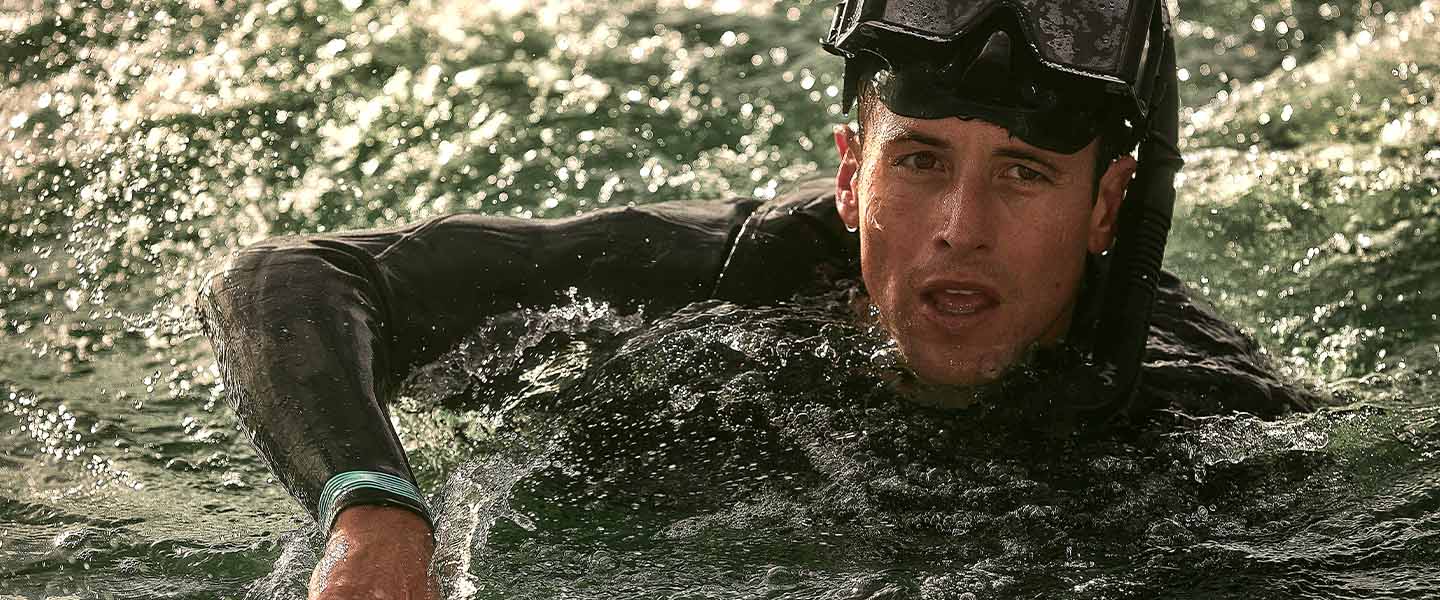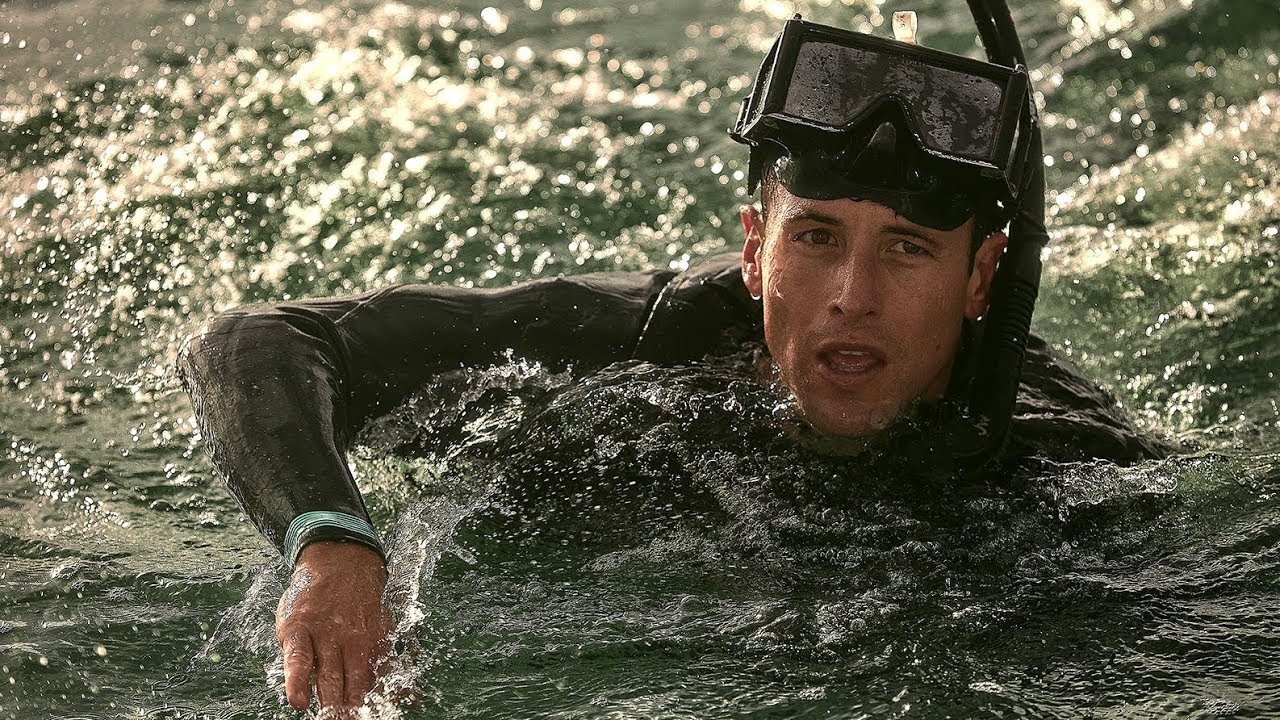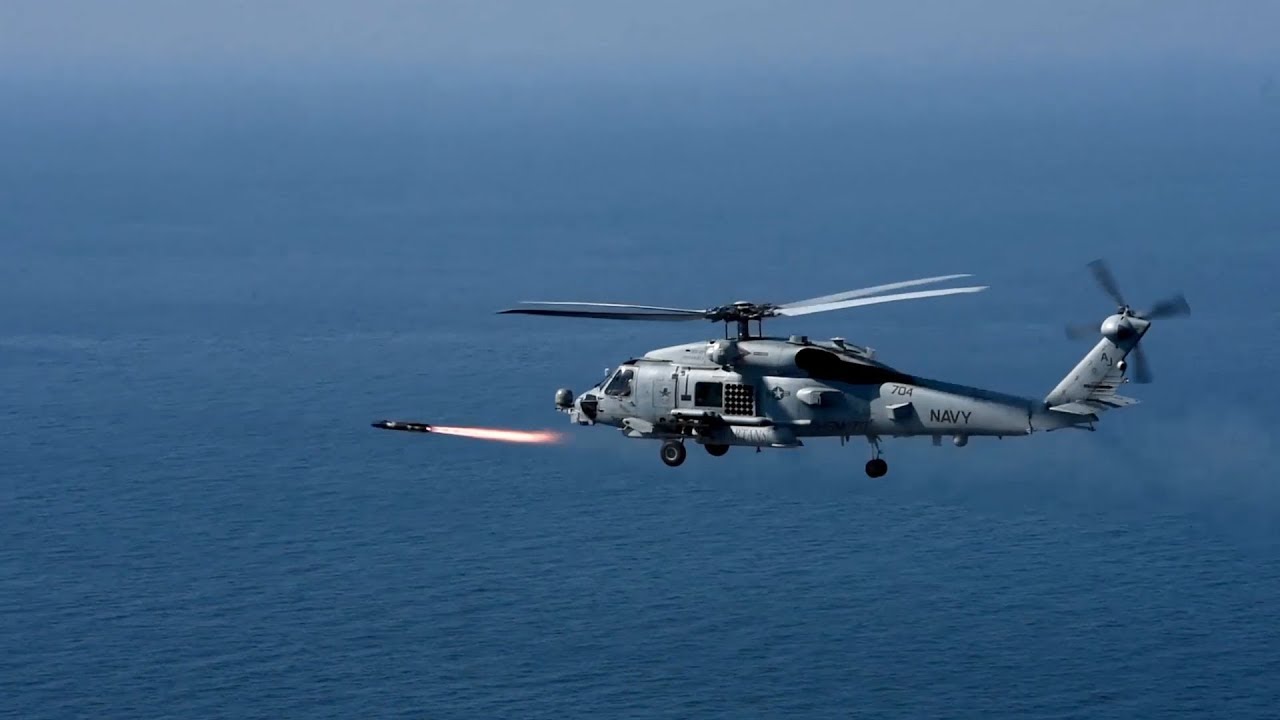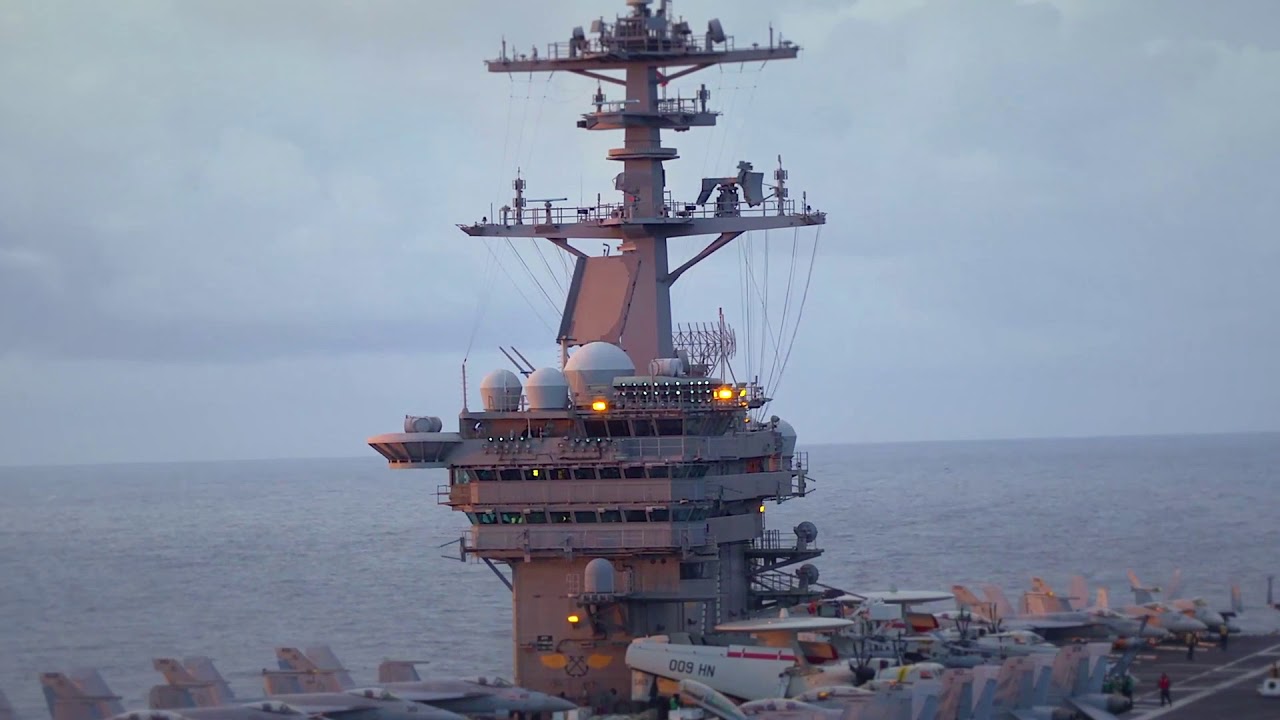WATCH VIDEOS ABOUT AIRR
AVIATION RESCUE SWIMMER: CAREER DETAILS & REQUIREMENTS
Responsibilities
Aviation Rescue Swimmers are tasked with entering treacherous conditions to assist with rescue missions, humanitarian assistance, and operational support. One day you may be evacuating families on the other side of the globe amidst a catastrophic storm, and the next day rescuing the crew of a ship off the Pacific coast or saving a mountain climber hanging from an inaccessible cliff.
Depending on your role, duties may include:
- Coordinating with pilots as an Aircrewman aboard helicopters
- Saving the crew of downed aircraft, people aboard stranded or capsized vessels at sea, or hikers and mountain climbers in danger
- Rescuing civilians during natural disasters in collaboration with other forces such as the Coast Guard
- Delivering aid and supplies to other countries in humanitarian operations
- Providing support to Naval Special Warfare Operations
- Conducting surveillance in anti-submarine warfare and drug interdiction operations
- Operate radar, Forward Looking Infrared sensors, missile systems and door guns in anti-surface operations
- Transporting troops and cargo to and from ships
In this role, you will specialize as a Naval Aircrewman Helicopter (AWS) or a Naval Aircrewman Tactical Helicopter (AWR).
Naval Aircrewman Helicopter (AWS)
AWS’s operate various aircraft systems to support a range of mission types including:
- Surface Warfare
- Search and Rescue
- Combat Search and Rescue
- Naval Special Warfare
- Airborne Mine Countermeasure
- Logistics
Naval Aircrewman Tactical Helicopter (AWR)
AWR’s operate various aircraft systems to support a range of mission types including:
- Anti-Submarine
- Recon & Intelligence
- Anti-Surface Ship
- Search and Rescue
- Combat Search and Rescue
- Naval Special Warfare Fire Support
Work Environment
As an AIRR, you will operate in almost every type of extreme environment and may be assigned to Helicopter Sea Combat (HSC) or Helicopter Maritime Strike Squadrons (HSM) sea or shore duty in any part of the world. You could be assigned to squadrons at Naval Air Stations and may deploy aboard aircraft carriers, surface combat ships and support ships.
Training & Advancement
Aviation Rescue Swimmers must be prepared to operate in any challenging environment. It's why two years of training in advanced swimming and lifesaving techniques, helicopter mission equipment and helicopter weapons systems are required before you report to your first squadron. Throughout training, candidates are continually tested mentally and physically as they advance to more rigorous and challenging scenarios.
Upon completion of initial training at Recruit Training Command Great Lakes (known as Boot Camp), those pursuing an Aircrewman role undergo the following training pipeline:
Aviation Rescue Swimmer School Prep Course (2 weeks) in Pensacola, FL.
Aircrew Candidate School (4 weeks) in Pensacola, FL, to learn Naval Aviation fundamentals, intermediate water survival, aviation physiology and advanced water survival.
Rescue Swimmer School (6 weeks) in Pensacola, FL, to learn search and rescue techniques.
Class “A” Technical School (8-14 weeks) in Pensacola, FL, learning one of the Aircrew Ratings (AWF, AWO, AWS, AWR, AWV).
SERE School (2 weeks) in North Island, CA, or Portsmouth, NH, to train in Survival, Evasion, Resistance and Escape (SERE) techniques.
Fleet Replacement Squadrons (28-52 weeks) location dependent on aircrew rating in one of five locations (Jacksonville, FL, Norfolk, VA, San Diego, CA, Oklahoma City, OK, Ft Worth, TX) for basic flight and aircraft weapons systems training.
After graduation, an AIRR may be assigned to a helicopter command at sea or on shore duty in various locations throughout the world, Japan, Guam, Spain, or the continental US including San Diego, CA, Norfolk, VA, Jacksonville, FL, Fallon, NV, Whidbey Island, WA, Key West, FL and many others.
Advanced Education & Training
Based on performance and the needs of the Navy, you could potentially be eligible to receive additional training in:
- Emergency Medical Technician (EMT) training
- Helicopter Inland Rappel School (mountain & cliff rescue training)
- Advanced Search and Rescue School
Senior enlisted AIRRs may also be selected to become:
- Schoolhouse instructors
- Weapons instructors
- Master rappelers/instructors
Post-Service Opportunities
Specialized training received and work experience gained in the course of service can lead to valuable credentialing and occupational opportunities in related fields in the civilian world whether you're an AWS or AWR.
Education Opportunities
Members of the Naval Special Warfare community have any number of unique opportunities to advance their knowledge. Navy training provides skills and knowledge in everything from military tactics and small arms use to survival and a number of other tactical military procedures.
Beyond offering access to professional credentials and certifications, Navy training in this field can translate to credit hours toward a bachelor’s or associate degree through the American Council on Education.
You may also continue your education through undergraduate degree opportunities like the Navy College Program and Tuition Assistance and the Post-9/11 GI Bill.
Qualifications & Requirements
No college degree is required to become an AIRR, but a high degree of difficulty comes standard with nearly everything you’ll do. Training is tough and ongoing. You should be in excellent physical condition and a strong swimmer.
To qualify for Rescue Swimmer Training, both men and women must:
- Meet specific eyesight requirements: uncorrected vision no worse than 20/100; correctable to 20/20 in both eyes with normal depth and color perception
- Meet the minimum Armed Services Vocational Aptitude Battery (ASVAB) score: VE+AR+MK+MC=210 or VE+AR+MK+AS=210
- Pass a PST in DEP/Boot Camp
- Pass Class 1 Flight Physical
- Be 30 years of age or younger
- Must be a U.S. citizen and eligible for security clearance
The Minimum and Elevated Navy Physical Screening Test (PST & EPST) requirements for AIRR are:
| Exercise | Time | Min. | Elevated |
| Swim 500 yards (freestyle) | Unlimited | 12:00 | 9:00 |
| Push-up | 2:00 | 42 | 65 |
| Sit-up | 2:00 | 50 | 65 |
| Pull-up | 2:00 | 04 | 10 |
| Run 1.5 miles | Unlimited | 12:00 | 10:15 |
Candidates who achieve the Elevated Physical Screening Test (EPST) scores shown above may qualify for the Enlisted Bonus for Shipping (EB-SHP) program. These elevated standards must be met during your 14-day shipping PST to be eligible for the bonus. Learn more about Navy enlistment bonuses.
NOTE: You should consult your physician or other health-care professional before starting any exercise regime or other fitness program to determine if it is right for your needs. This is particularly true if you (or your family) have a history of medical illnesses or ailments that could be made worse by a change in physical activity. Do not start a fitness program if your physician or health-care provider advises against it.
General qualifications may vary depending upon whether you’re currently serving, whether you’ve served before or whether you’ve never served before.
Part-Time Opportunities
There are no part-time jobs as a Navy Reserve Sailor in this role. Go back to Careers to find other jobs that have a Reserve component. You can also find out more about what life is like as a Reserve Sailor in the Navy.
CAN YOU OUTPERFORM TOP AIRR CANDIDATES?
Check the AIRR PST leaderboard and find a testing event near you.




































































































































